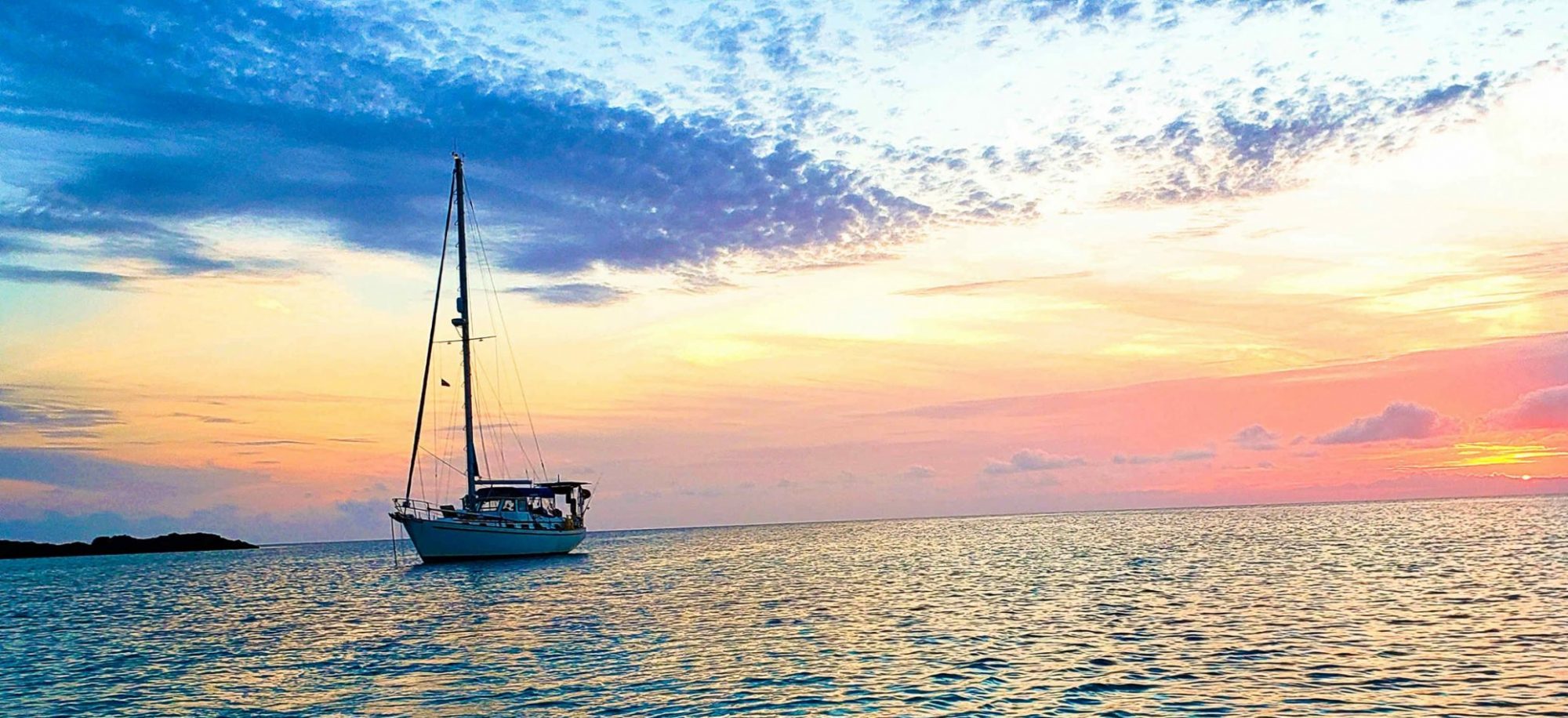After you find the boat, have the survey done and decide to purchase you still have a ways to go. Sure you need to find a slip or mooring. But if you are not just going to anchor in the middle of no where, you are going to need insurance of one sort or another. I guess you could also just risk the loss. Many world cruisers take this approach. But to be in a marina somewhere in the United States they want you to have at least liability insurance.
What ever the reason you need it there are many things to think about besides just the cost of the premium. You will also find that each insurer has a different view of what the survey you just had says. For instance, one insurer looked at the survey and assessed the few frozen open seacocks as a risk and wanted those fixed before binding with anything other than “Port Risk” coverage. Another, did not look at that at all. There big hang up was that the surveyor said some stanchions needed to be rebedded. That’s a fairly wide gap in understanding of what might sink a boat.
The best part is the huge differences in companies in the premium. Of the same two companies mentioned above, the first’s premium was less than half of the one that thought the stanchions should be rebedded immediately. Their coverage wasn’t quite as good though, as they issue what is called an “actual cash value” policy. The other issues an agreed value.
The differences between these two is significant for the buyer. The “actual cash value” means that your loss will be paid out at the depreciated value of the property, at the time of the loss. Agreed value policies pay you out based on what it states in the policy is the agreed value. For now I went with the agreed value policy, since should anything happen to the new to me boat, I can get my money back and go through all of this again.
For a overview of insurance and many different insurers take a look at the following article:
